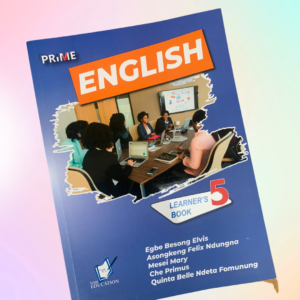Computer-Aided Accounting for Lower and Upper Sixth Students is a comprehensive and dynamic course that leverages technology to enhance students’ accounting capabilities. Tailored for students in the Lower and Upper Sixth levels, this program provides practical experience in utilizing accounting software for efficient and accurate financial management.
The course begins with an introduction to accounting principles and the fundamentals of double-entry bookkeeping. Students then progress to using specialized accounting software, learning how to navigate the interface and input financial data. This practical application strengthens their technical proficiency in using technology for accounting tasks.
With the assistance of accounting software, students can efficiently record and manage financial transactions. They learn how to journalize entries, post to the appropriate ledger accounts, and reconcile accounts. This streamlined approach reduces the risk of errors and provides real-time access to financial information.
Students are exposed to the preparation of financial statements using accounting software. They gain proficiency in generating income statements, balance sheets, and cash flow statements, allowing them to analyze a company’s financial performance quickly and accurately. Additionally, they explore various financial analysis tools provided by the software, empowering them to make data-driven decisions and strategic recommendations.
The course also covers topics such as budgeting, financial forecasting, and cost analysis, enhancing students’ ability to manage financial resources effectively. They learn to create budgets, track expenditures, and identify areas for cost optimization using the accounting software.
Practical application is emphasized throughout the course, with students engaging in real-world accounting scenarios and simulations. They work on projects that require data analysis, financial reporting, and problem-solving, allowing them to apply their accounting knowledge in practical business situations.
Furthermore, the course fosters collaborative learning, encouraging students to work in teams to complete accounting projects and tasks. This approach cultivates effective communication, teamwork, and problem-solving skills, mirroring the dynamics of an accounting team in a professional setting.
By the end of the course, students are well-versed in computer-aided accounting processes and possess a solid understanding of accounting principles. They are well-prepared to navigate the digitalized accounting practices prevalent in the business world today, making them attractive candidates for universities and careers in accounting, finance, and related fields.
In conclusion, Computer-Aided Accounting for Lower and Upper Sixth Students is an advanced course that equips students with practical skills in using accounting software for efficient financial management. Through hands-on experience and practical application, students develop the technical proficiency and critical thinking abilities crucial for success in the modern accounting landscape. This course prepares them to thrive in diverse accounting roles and contributes to their academic and professional growth.



Reviews
There are no reviews yet.